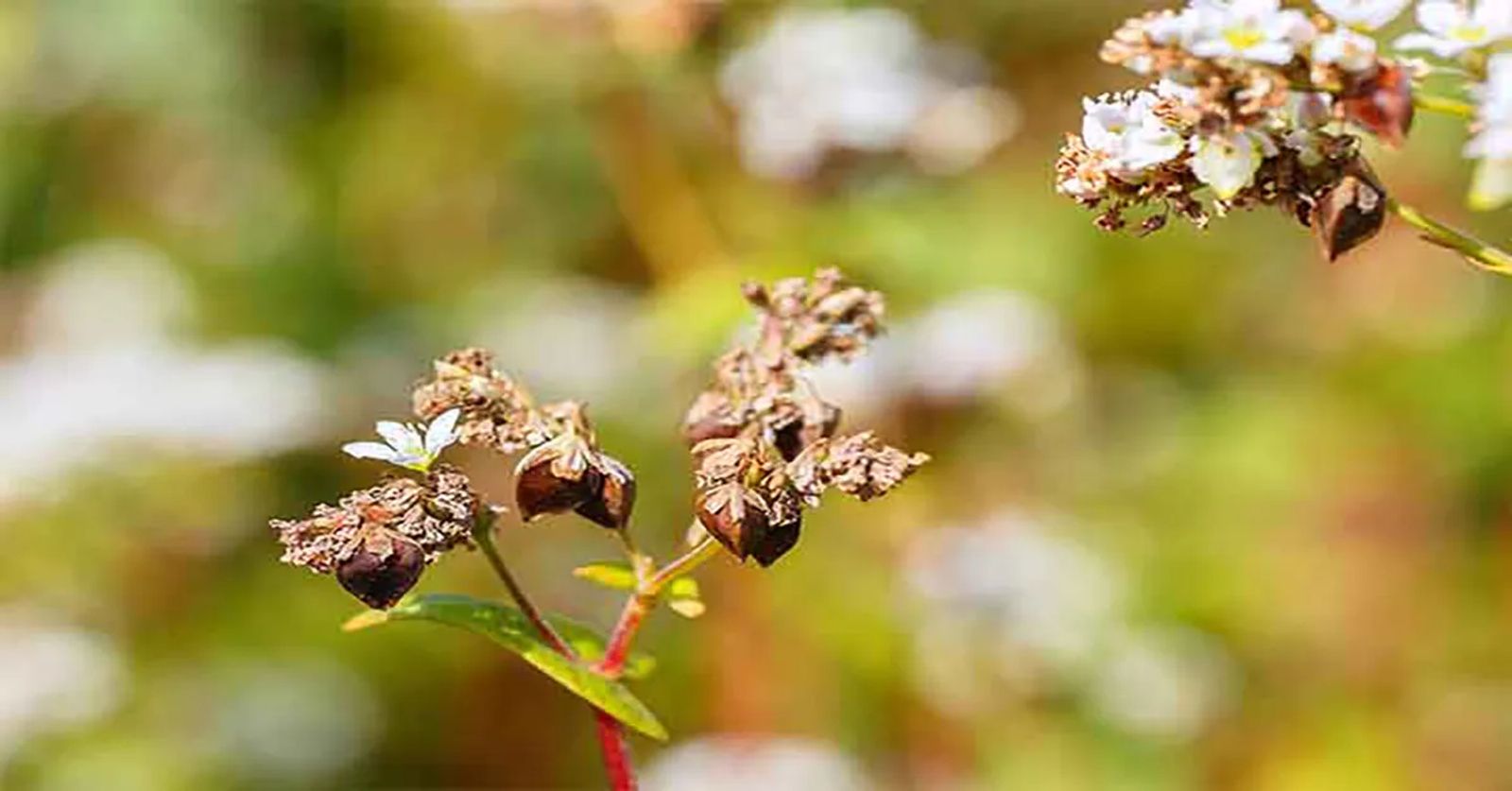
Buckwheat: A Hazard to Montana’s Export Markets
February 19, 2021
As farmers prepare for spring planting, the Montana Wheat and Barley Committee is reminding producers to ensure that wheat shipments destined for export are buckwheat-free. In light of the ongoing global pandemic, food safety has become one of the most important factors for purchasers of ingredients. Montana exports 60-80% of its wheat to countries located in the Pacific Rim. Since Asian countries are large importers of Montana wheat, it is important that producers and handlers understand the serious health risk and potential economic impact posed by buckwheat.
Tame buckwheat is a deadly allergen in Asian countries. It is often compared to peanut allergies, carrying different levels of reaction severity, ranging from mild to extreme. The United States has taken precautionary measures to provide allergen safety in labeling, such as zero tolerance for unlabeled allergen exposure, which are the same efforts taken for exporting food ingredients.
The United States Department of Agriculture Natural Recourses Conservation Service (USDA NRCS) has provided guidelines on this issue:
· Use of buckwheat must be excluded from cover crops plantings in rotation or adjacent to fields with wheat production or abstain from growing wheat as a commodity for 2 calendar years after planting buckwheat
There is ZERO tolerance for export elevator deliveries exposed to buckwheat. Following an exposure, grain elevators may extend their rejection to refuse future deliveries from certain producers, meaning it is crucial that producers do not expose their operation to buckwheat in any form.
To protect and foster the health and prosperity of the Montana’s wheat and barley industry, the Montana Wheat and Barley Committee is committed to educating producers about the dangers of buckwheat in a small grains rotation and surveying cover crop mixes across the state, including volunteer situations.
Established in 1967, the Montana Wheat and Barley Committee promotes research, marketing and education for the benefit of Big Sky Producers living, working and growing here in the Last Best Place.
For more information, visit www.montanawbc.com.
Source: Montana Wheat and Barley Committee










